When it comes to camera gear, shooting wildlife is undoubtedly one of the most financially demanding areas of photography. Not only will you need a fast and rugged camera that you can depend on “in the field,” but in order to capture distant subjects in challenging lighting conditions, you also need some fantastic lenses.
Unfortunately, there are no such things as a cheap wildlife photography lens, and in fact, many come with a price tag to make your wallet blush. Nonetheless, in putting together this guide to the best Canon lenses for wildlife photography I’ve tried to include everything from truly pro-level glass to a couple of more accessible options for the budget-conscious wildlife photographer.
How to Choose a Lens for Wildlife Photography
In choosing a wildlife photography lens you will need to consider several factors. For a start, “wildlife” is a very broad category. And so before deciding upon a lens, it can help if you already have a rough idea of the kind of animals you will be photographing and the conditions in which you will be photographing them.
Knowing this is important not only in order to ensure that you have the right tools for the task, but it can also make a significant difference to the price you will need to pay for a lens. This being the case, here are the main points to consider when choosing a lens for wildlife photography.
Focal Length
As you won’t always be able to get close to your subjects, a lens with a minimum focal length of 300mm is usually necessary for wildlife photography. Depending on the exact style of photography you wish to do though, and the kind of animals you will be photographing, you might possibly be able to use a shorter focal length than this. However, such a scenario would be the exception rather than the rule, and in fact, most wildlife photographers will find they need a considerably greater degree of magnification than is offered even by a 300mm lens. You may check my post “What Is A Telephoto Lens“
The bad news here is that the longer the focal length, the more you will likely have to pay for the lens. And if you need a lens of 300mm or more, you should expect to pay a considerable sum of money.
But perhaps you are more interested in shooting environmental wildlife images, showing animals in the context in their natural habitat rather than isolating them against an entirely blurred background? And perhaps these animals are actually pretty big. And maybe you can get reasonably close to them without risk to either the animals or yourself? In this case, you may be able to get away with using a much shorter lens, such as a 70-200mm zoom.
Even here though, there might be times in which you will want to photograph these animals so that they are much larger in the frame, in which case a 200m lens is unlikely to suffice.
Aperture
Animals tend to move. Some of them very fast indeed. In order to capture this action without motion blur, you will generally need to use fast shutter speed. But faster shutter speeds require more light. So in practice, this means that you will probably also want to select a wider aperture opening in order to set a higher shutter speed. And yes, you guessed it; lenses with faster maximum apertures tend to cost a lot more money than slower lenses.
Even if you don’t plan on photographing fast-moving subjects, there are also the lighting conditions to consider. If the animals you wish to photograph are easily visible in the open during daylight hours, you might not need quite so fast a lens. However, perhaps your preferred subjects only come out at dusk or instead spend their entire lives under a thick forest canopy where the daylight barely penetrates. Here you will have little choice but to invest in some seriously fast glass.
Image Stabilization
The longer the lens, the greater the risk of camera shake. While image stabilization will not entirely remove this risk, it will significantly reduce it, permitting you to hold the camera steady at slower shutter speeds. Unfortunately, as with all the other important considerations regarding wildlife photography lenses that we look at here, a lens with onboard image stabilization tends to cost more.
Just bear in mind, though, that image stabilization will not help to freeze a moving subject. So if you will be photographing very fast-moving animals, image stabilization may not be as important for you in the end, as you will, in any case, need to use fast shutter speed in order to obtain totally sharp images.
Camera Format
Because wildlife photography lenses are expensive, they largely tend to be used by professionals. And as most professionals use full-frame cameras, the majority of wildlife photography lenses are made for the full-frame format. I.e. in the case of Canon, they are EF lenses.
Nonetheless, EF lenses can also be used on Canon’s APS-C camera bodies, where they will provide an angle of view that is equivalent to 1.6 times the stated focal length. As an example, an EF 300mm lens will actually function as a 480mm lens when used on a cropped-sensor Canon DSLR. This means that, when it comes to focal length, APS-C users actually have an advantage over full-frame camera owners in terms of costs; simply put, on a cropped sensor you get a longer focal length for less money. What’s more, there are also a couple of medium-length EF-S telephoto lenses available specifically for APS-C sensor cameras, and these tend to be more affordable options than their EF counterparts.
The 10 Best Canon Lenses for Wildlife Photography
01 – Canon EF 300mm f/2.8L IS II USM
Canon’s EF 300mm f/2.8L IS II is an exceedingly sharp 300mm telephoto lens for full-frame cameras. With its fast f/2.8 aperture it performs amazingly well in low light conditions and produces incredibly soft and fluffy bokeh. It’s by no means a small or lightweight lens though. And as the front element is way too big to accept regular filter sizes, the lens instead takes slot-in filters that are inserted in an opening to the rear of the elements – a common design on these L-series lenses.
Despite the considerable size and weight, the lens can nonetheless be hand-held without too much difficulty, with built-in image stabilization there to assist you in this task. Autofocus is very effective and the lens is rubber-sealed to keep moisture out.
The downside? Just one (and it’s a big one); the price.
As an alternative, you may want to consider the slower Canon 300mm f/4 IS USM lens; while it lacks the advantage in terms of light, it’s about the same in terms of sharpness, and costs much, much less.

Image by Michael Siebert from Pixabay
02 – Canon EF 600mm f/4L IS II USM
As if the 300mm f/2.8 wasn’t already huge enough, Canon’s EF 600mm f/4L looks more like a telescope than a camera lens. Yet amazingly it, too, is still hand-holdable. In fact, this is the Mark II version, and it is marginally lighter than its predecessor.
The lens offers 4-stops of image stabilization and produces images that are insanely sharp, edge-to-edge, even when used wide open. Although the lens has a fairly slow maximum aperture, with a focal length of 600mm you shouldn’t have any problem isolating your subject against the background even at f/4 or slower. Once again, bokeh is extremely attractive.

03 – Canon EF 400mm f/2.8L IS II USM
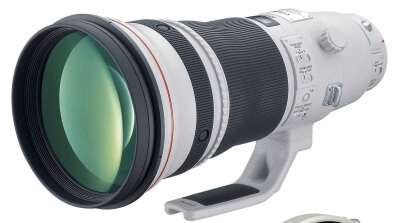
Fast, sharp, and offering a full 400 mm of pull-up on your subject, the Canon EF 400mm f/2.8L is a supremely usable lens. In fact, if you were only ever to purchase a single telephoto prime lens for your wildlife photography needs, you could do a lot worse than this.
True, some photographers may prefer the flexibility of working with a zoom – particularly if they often shoot in situations where they cannot easily move closer or further from their subject without the risk of scaring it away. But the fact is that you’ll struggle to find any comparable zoom that produces images this sharp and with such a fast maximum aperture.
What’s more, image stabilization is excellent, and while there is some vignette when the lens is used wide open, this quickly disappears as you stop down. Meanwhile, flare and color fringing are not a concern at all. All in all, really great wildlife photography “all-rounder”.

04 – Canon EF 800mm f/5.6L IS USM
if you thought I was exaggerating when I said that the best lenses for wildlife photography were staggeringly expensive, just take a look at the EF 800mm f/5.6L; retailing at around $13,000, let’s say that this lens wasn’t designed with the casual enthusiast in mind.
What do you get for all that money then? Well, for a start you can expect images that are sharp from corner to corner, even at the widest aperture setting. And that sharpness only gets better still as you stop down the aperture towards f/8. Color and contrast, too, are excellent.
Beyond the price, the only noticeable flaw with this lens is the slow maximum aperture (almost unavoidable though at such a long focal length) and some vignetting when used at f/5.6. Thankfully this problem largely disappears at narrower apertures.
If the price is too much of a turnoff, yet you’re determined to reach a similar focal length, consider going for one of Canon’s slightly shorter and cheaper lenses instead, but with the addition of a 2 x converter. Just bear in mind that the use of a separate converter will slightly reduce image sharpness.

Image by Ajay Lalu from Pixabay
05 – Canon EF 70-300mm f/4-5.6L IS USM
Although the EF 70-300mm f/4-5.6L is getting on a little in years now, it’s nonetheless still a very serious contender for the title of best canon lens for wildlife photography. This is especially the case for APS-C users, where the crop factor means that the magnification is even greater than on a full-frame camera.
Weighing over a kilo, very strongly built, and weather-sealed for extra peace of mind in the field, the 70-300mm f/4-5.6 produces tack-sharp images with only very minimal vignetting. While focusing is beautifully fast, the maximum aperture sadly is not; meaning that you’ll likely need to use higher ISOs to shoot in any lighting conditions other than bright sunshine.

06 – Canon EF 70-200mm f/2.8L IS III USM
For those who prioritize low-light shooting capabilities over zoom-power, the EF 70-200mm makes an excellent alternative to the 70-200mm (above). This could be a particularly appealing solution for APS-C camera owners, where the extra jump caused by the crop-factor gets you back into wildlife shooting territory; only now with two or three additional stops of light thanks to the 70-200mm’s fixed f/2.8 maximum aperture.
Weather-sealed and sturdily built from metal, the lens features very satisfyingly weighted zoom and focus rings, and fast, silent autofocus. Images are super sharp, and there is only negligible color fringing detectable. As with other L-series lenses, you also benefit from Canon’s fantastic 4-stop image stabilization, making the lens hand-holdable down to surprisingly slow shutter speeds.

07 – Canon EF 500mm f/4L IS II USM
Smaller, lighter, and less expensive than the 600mm f/4L, Canon’s EF 500mm f/4L IS II makes a great lens for bird watchers and wildlife photographers alike. As with all these Canon L-series lenses, build quality is superb and autofocus super fast and accurate. The lens features a very smooth manual focus ring and allows the user to preselect focus points, making it ideal for videographers wanting to produce complicated focus-racking sequences.
The EF 500mm’s movie credentials are further boosted by 4-stops of image stabilization, making handheld shooting possible. Indeed, the lens features two IS modes, with the second setting allowing for shake-free horizontal panning and tracking of the subject.

08 – Canon EF 200-400mm f/4L IS USM Extender 1.4x
The EF 200-400mm f/4L is unusual among Canon’s telephoto offerings in that it is effectively two lenses in one. At its regular setting, you get a very usable 200-400mm zoom that is already well suited to wildlife photography. But flick a switch to activate the built-in extender, and this already impressive zoom range extends to 560mm. While this isn’t quite the same jump in focal length as could be achieved by using one of Canon’s 2 x extension tubes, bear in mind that because here the extender is an integral part of the lens, its use isn’t accompanied by any drop in image quality.
As with all the L-series lenses, the construction quality is amazing. Similarly, the lens produces magnificently sharp images, even wide open. Indeed, the only negative points to speak of here are weight and, of course, price: these things cost almost as much as a car!

Photo by Philippe Donn from Pexels
09 – Canon EF 100-400mm f/4.5-5.6L IS II USM
The Canon EF 100-400mm f/4.5-5.6L produces stunningly sharp images, has the closest focus distance of just 3.2 feet, and offers 4-stop image stabilization from a choice of three different stabilizer modes. Zoom action can be adjusted to suit the user’s tastes by means of controls on the lens barrel, and there is a focus limiter function that restricts autofocus to within a specific set of distances. As you’d expect from an L-series lens, it is very solidly built and comes weather-sealed.
But with that impressively long zoom action, you just knew there had to be a catch, right? Indeed there is a very slow maximum aperture. Better start looking for a camera that works noise-free at high ISOs.

Photo by George Lebada from Pexels
10 – Canon EF-S 18-200mm f/3.5-5.6 IS
Canon’s highly popular EF-S 18-200mm f/3.5-5.6 has a legitimate claim to the title of best budget wildlife photography lens. While the non-fixed maximum aperture is disappointingly slow, with its “superzoom” coverage you’re prepared for everything – just as long as it happens in the open sunlight.
Image stabilization is very effective and autofocus exceedingly fast. Although, as it’s not one of Canon’s USM lenses, there is some slight noise detectable from the AF motor. It’s also important to mention that image quality is somewhat lackluster at wider apertures, only becoming truly sharp towards f/8. Meanwhile, there’s noticeable chromatic aberration at all apertures and zoom settings.

Photo by Alex Andrews from Pexels
Related posts
Best Telephoto Lens For Canon- The Full Guide
Thanks for reading, I hope you enjoyed the article if you have any questions just post them below & I will be happy to answer you.
If you enjoy the site, don’t forget to subscribe, we will only inform you when a new article is posted.




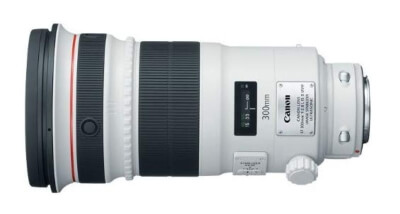
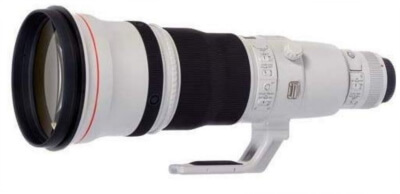
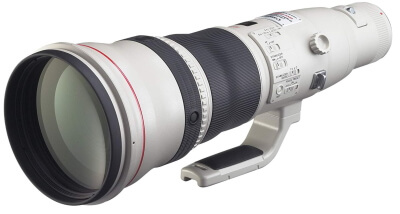
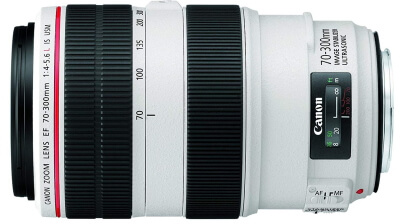
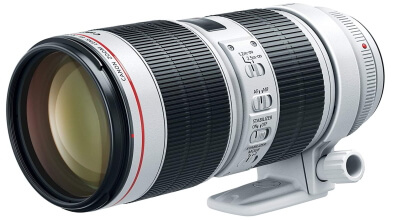
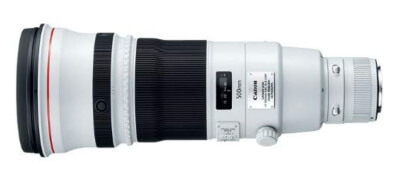
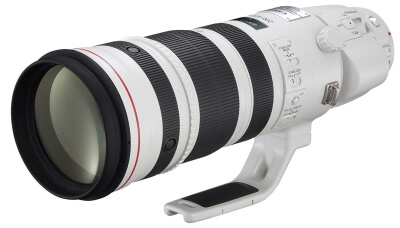
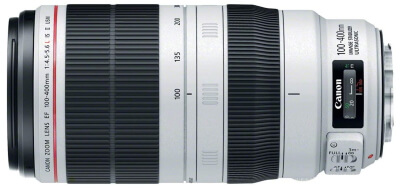
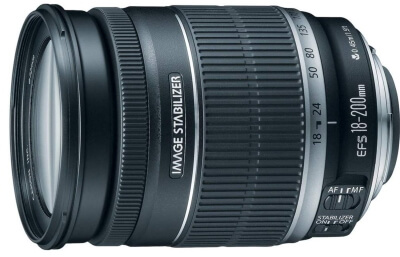

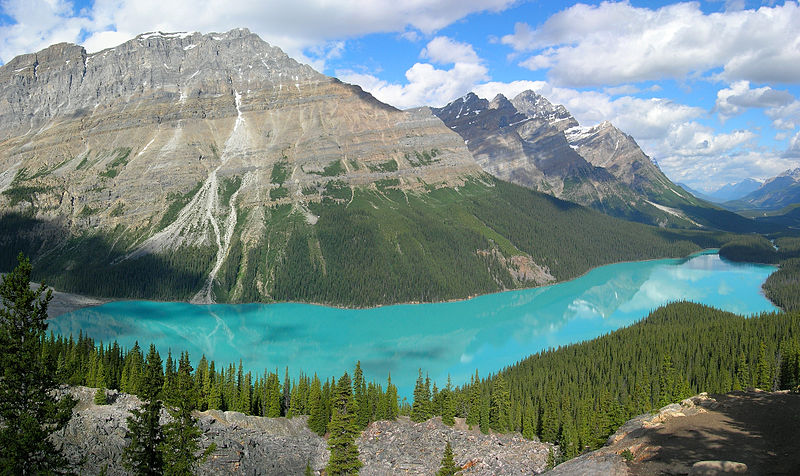
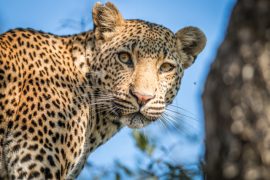
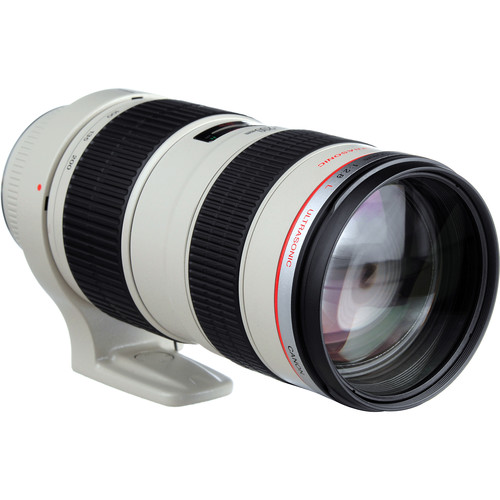


Quality photographs come at a price. That is especially true when you are getting the kind of technology these Canon lenses offer. It’s amazing how much photography has advanced in such a short time. Some of those photos that you posted are absolutely beautiful in their clarity and color! I’m glad you included a budget-friendly option as that is more realistic for me personally. Thanks for the great post and wonderful information on what to look for in lenses…that is really helpful!
I’m glad you found the article informative and useful for you, thanks for your comment.
Many thanks to you for sharing such a wonderful article with me and I love photography and if it is a safari then there is nothing wrong with it. Good photography definitely requires good lenses, and good lenses bring a lot of color to the image and the image, so I purchased Canon’s EF 300mm f / 2.8L IS II USM Lense from your article. And for wildlife photography, lenses need to be a little different and I think this is the best Canon Lense for this photography. This Lense is great to see and the design is one of my many favorites and also works great I can finish my wildlife photography excellently through this Lense. In the future I will buy more lenses for wildlife photography so keep your article in the collection and I will share new experiences with you again soon.
Hi Shanta
I appreciate your feedback and very glad you liked the article. Hope you all the success and you are always welcomed!